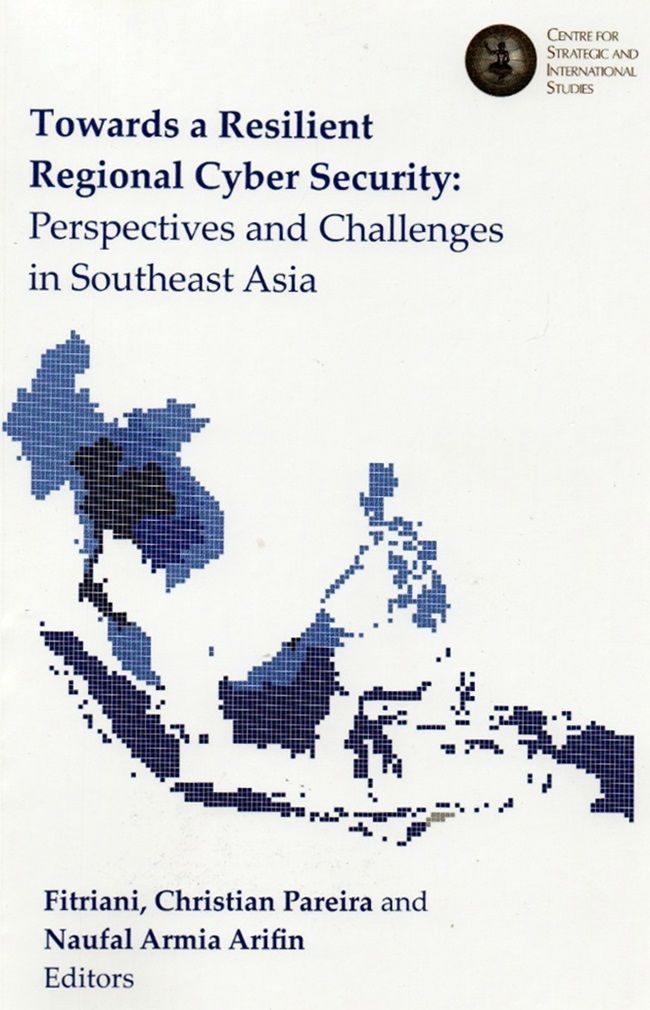Fitriani Dkk
Towards A Resilient Regional Cyber Security
Bebas Ongkir, Rp0.
Pilih toko terdekat dan opsi pengiriman “Ambil di Toko” saat checkout.
Deskripsi
The diversity within Southeast Asia (SEA)’s geopolitics and economy is reflected in the region’s cyber space. Geopolitically, most Southeast Asian countries are members of the regional organization of the Association of South East Asian Nations (ASEAN) that compresses of: Brunei Darussalam, Cambodia, Indonesia, Laos, Malaysia, Myanmar, Philippines, Singapore, Thailand and Vietnam. Southeast Asia is a diverse region with a population around 600 million people in 2018, with steady growth around 1% each year.
The diversity in SEA extends culturally, politically, and economically. On the cultural aspect, religion plays an important role where Islam, Christian, Buddhist, and Hindu co-exist, where each religion become a major religious group in one or more SEA countries. In terms of political landscape, the SEA region contains a heterogeneous political system that coexists peacefully under ASEAN. The regional organization itself was established in 1967 and lasted over five decades. In terms of political systems, nation states in the region adopt various types of governmental approaches. Indonesia and the Philippines are republics where the government is considered a “public matter”. Thailand and Brunei adopt a monarchic system, while communist parties are very much present in Vietnam and Laos. In economic terms, the GDP between each nation also differs. According to the 2018 IMF data, Singapore has the highest GDP per capita of US$ 57,173.34 while Myanmar has the lowest with US$ 1,263.89. This shows there is a significant difference between economic developments in the region. This difference is directly proportional to the cyber maturity and engagement level of each nation, thus forming a regional framework on cyber security to tackle regional cyber threats becomes a challenging feat.
Baca Selengkapnya
Detail Buku


